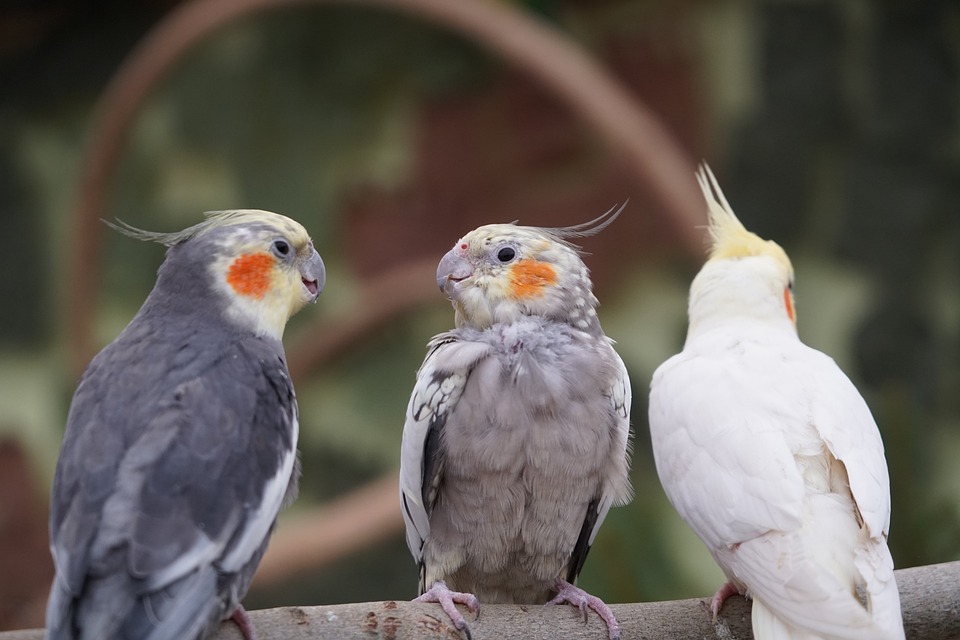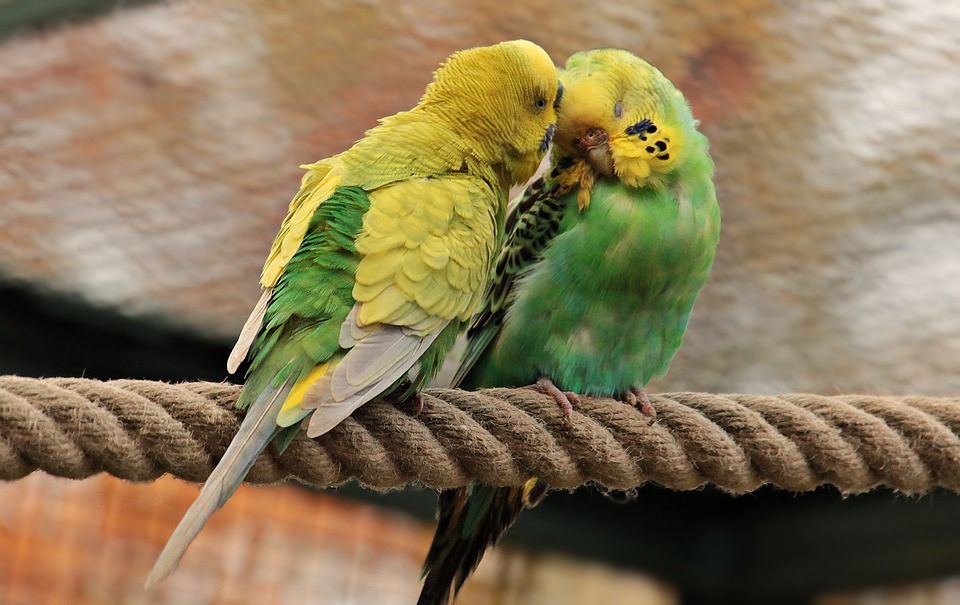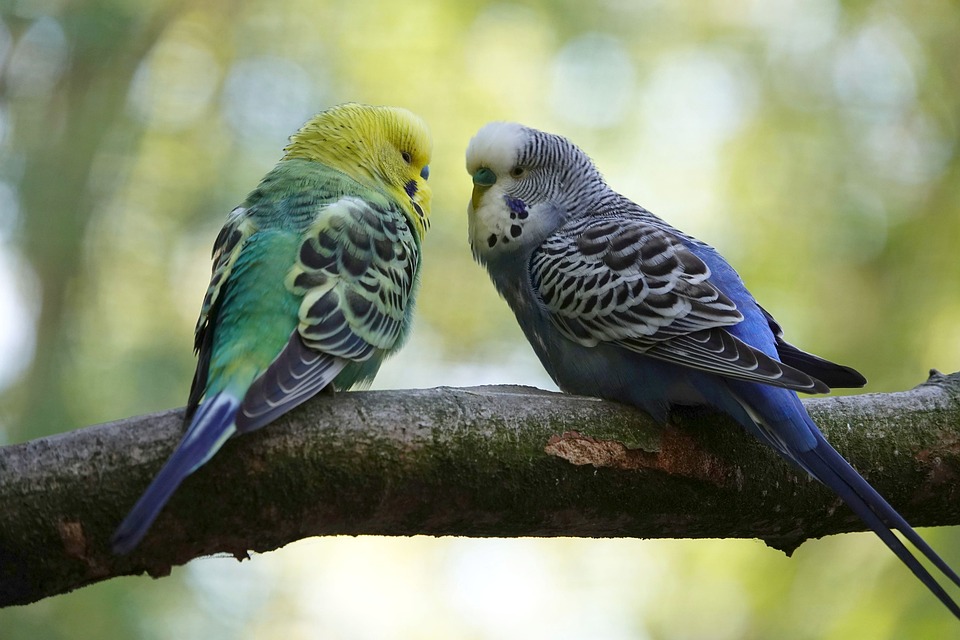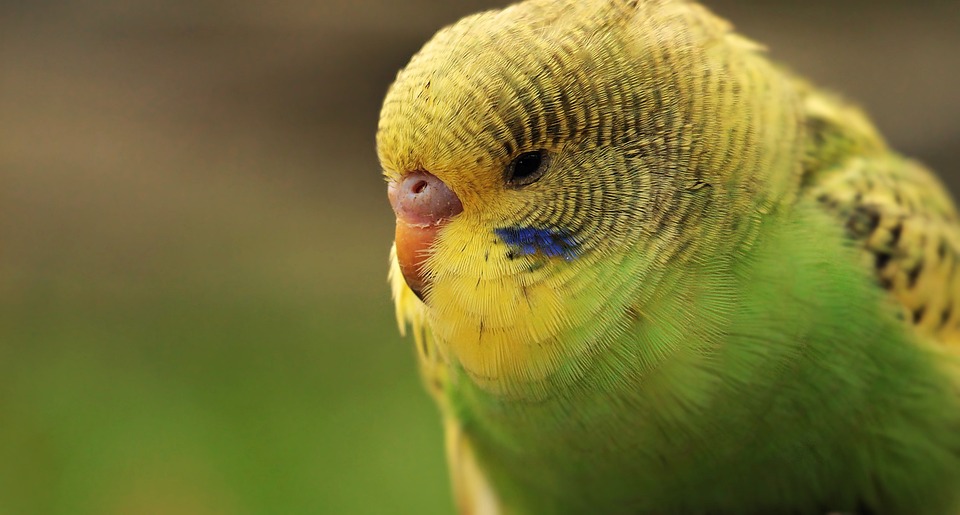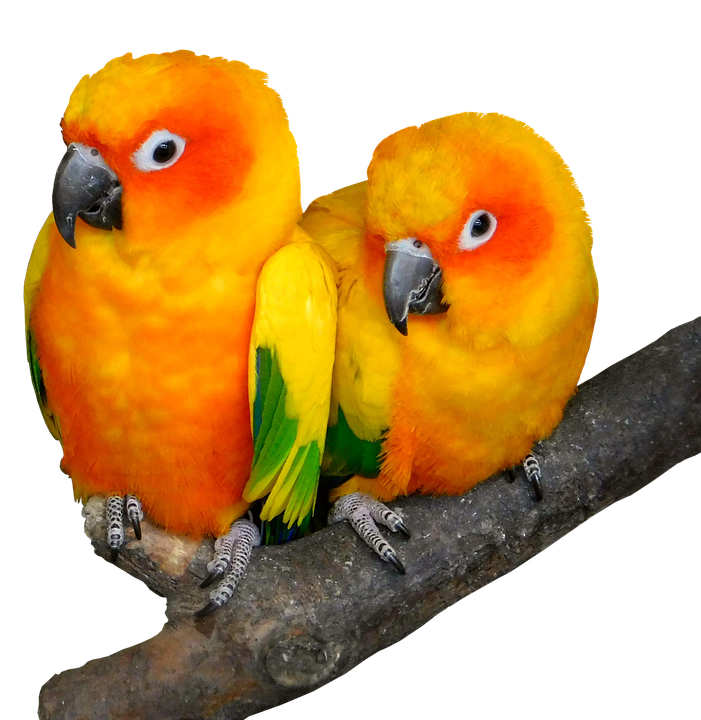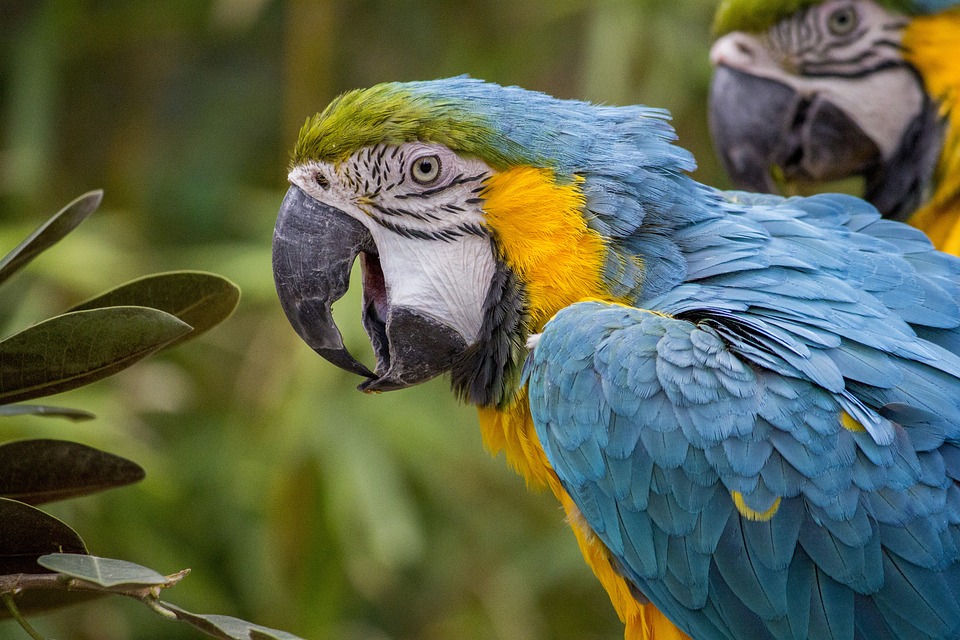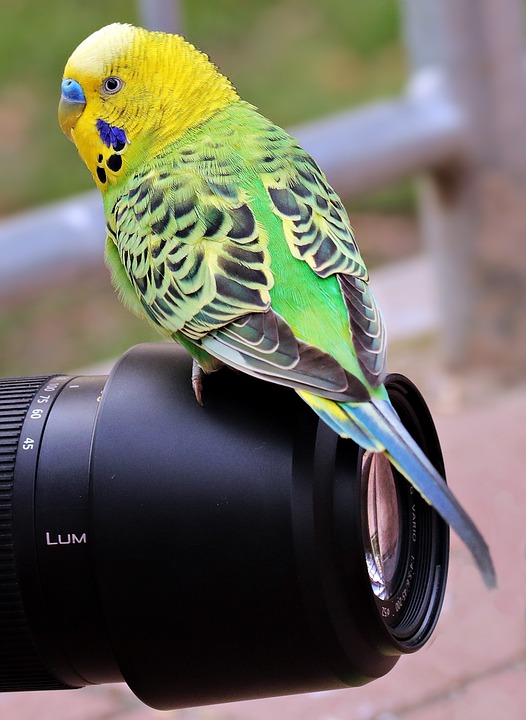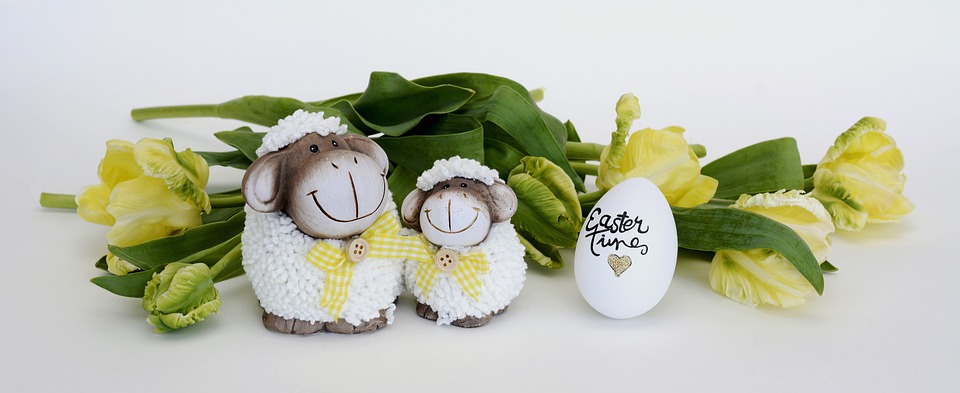Heading: How to Recognize Signs of Overheating in Your Parrot
Introduction
Parrots are highly intelligent and sensitive creatures that require proper care and attention. One crucial aspect of caring for your parrot is understanding their behavior, especially when it comes to recognizing signs of overheating. In this article, we will explore the common indicators of overheating in parrots, provide effective cooling options, and address some frequently asked questions about parrot behavior and overheating.
Recognizing Signs of Overheating
Parrots are vulnerable to overheating, especially in hot and humid climates. It is essential to recognize the signs of overheating to prevent potential health issues. Here are some key indicators that your parrot may be overheating:
1. Panting and Rapid Breathing: Parrots do not sweat like humans, so they rely on panting to regulate their body temperature. If you notice your parrot breathing rapidly or excessively panting, it may be a sign of overheating.
2. Wings Held Away from the Body: When a parrot is trying to cool down, it may hold its wings away from its body to increase airflow. This behavior helps dissipate heat and maintain a comfortable body temperature.
3. Lethargy and Weakness: Overheated parrots may display signs of lethargy, weakness, or a lack of energy. They may appear more subdued than usual and have difficulty moving or perching.
4. Loss of Appetite: Parrots experiencing overheating may lose their appetite. If your parrot suddenly shows disinterest in food or water, it could be an indication that it is overheated.
5. Extremely Warm Feet: Parrots’ feet can serve as a reliable indicator of their body temperature. If their feet feel unusually warm to the touch, it suggests that they may be overheating.
Cooling Options for Overheated Parrots
If you suspect that your parrot is overheating, it is crucial to take immediate action to cool them down. Here are some effective cooling options to consider:
1. Move to a Cooler Environment: Transfer your parrot to a well-ventilated room or a shaded area away from direct sunlight. Ensure there is proper air circulation and avoid exposing them to drafts or cold temperatures.
2. Mist or Spray with Water: Gently misting your parrot with lukewarm water can help lower their body temperature. Ensure the water is not too cold or too hot, as extreme temperatures can stress your parrot.
3. Provide a Shallow Bowl of Water: Placing a shallow bowl of water in your parrot’s cage allows them to cool down by dipping their feet or taking a light bath. However, always monitor their behavior to ensure they do not accidentally drown or become excessively wet.
4. Offer Frozen Treats: Create homemade frozen treats by blending fruits or vegetables with water and freezing them in ice cube trays. These refreshing treats not only help cool down your parrot but also provide essential hydration.
FAQs about Parrot Behavior and Overheating
Q1: Can parrots tolerate high temperatures?
A1: Parrots are susceptible to overheating due to their limited ability to regulate body temperature. They are more comfortable in temperatures ranging from 65°F to 85°F (18°C to 29°C).
Q2: How can I prevent my parrot from overheating?
A2: Ensure your parrot’s living environment maintains a suitable temperature range. Place their cage away from direct sunlight, use fans or air conditioning to provide adequate ventilation, and monitor humidity levels.
Q3: Can I use a fan to cool down my parrot?
A3: Yes, a fan can be beneficial in providing airflow and cooling your parrot. However, make sure the fan is not directly blowing on your parrot, as it may cause drafts or discomfort.
Q4: Are certain parrot species more prone to overheating?
A4: Some parrot species, such as African Greys and Amazon parrots, are more sensitive to heat than others. It is essential to understand the specific needs and preferences of your parrot’s species to prevent overheating.
Conclusion
Knowing how to recognize signs of overheating in your parrot is crucial for their well-being. By being attentive to their behavior and providing appropriate cooling options, you can help your parrot stay comfortable and healthy, even during hot weather. Remember to monitor their environment and consult a veterinarian if you suspect any underlying health concerns.

